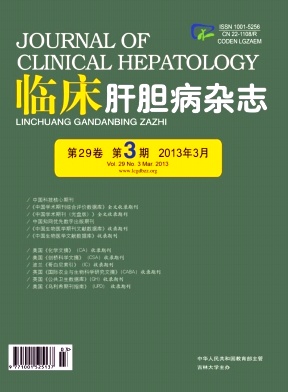The traditional method of diagnosing lesions of the biliary pancreatic duct, endoscopic cholangiopancreatography retrograde angiography (ERCP) , is limited in its ability to differentiate benign and malignant lesions.The cholangiopancreatography picture-mirror system developed in 1974 allowed for improved pathological diagnosis;however, its clinical utility and widespread application were limited by technical challenges associated with the construction and difficult use of the sub-mirror ("baby") , and the lack of a working channel that would otherwise facilitate simultaneous pancreatic duct biopsy.Recently, our hospital generated a new picture-mirror system integrated with an ultrafine cholangiopancreatography mirror developed by PolyDiagnost (Pfaffenhofen, Germany) .The new PolyDiagnost sub-mirror system boasts a smaller outer diameter for easy insertion through a small incision or narrow balloon-dilated columnar segment, and easy operation.The high-resolution adjustable steering mirror achieves a full-range visualization of the biliary pancreatic duct and provides a sufficient working channel for therapeutic procedures, such as removal of intrahepatic bile duct stones, placement of stents, and injection of medications.The operation methods, including patient indications and contraindications, are described, along with a brief description of our clinical experience with 10 patients.The postoperative complications have included acute pancreatitis, and tissue injury leading to bleeding and bile leakage.Currently, we are continuing to explore the clinical efficacy of this new sub-mirror system and investigating modifications of the technique to improve the sub-mirror steering, to facilitate effective simultaneous application of electrohydraulic or laser lithotripsy, and to reduce tissue damage and monetary cost.













 DownLoad:
DownLoad: